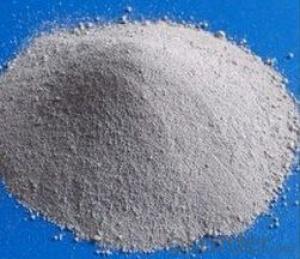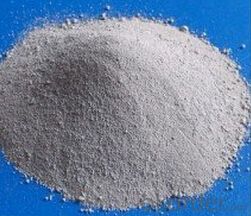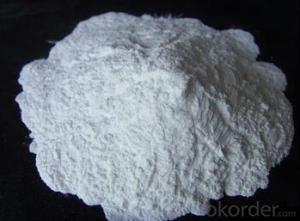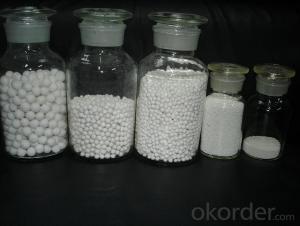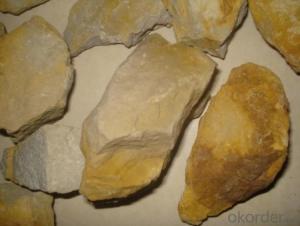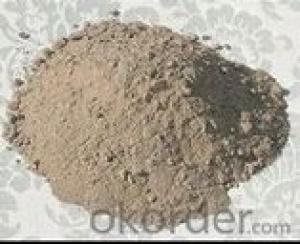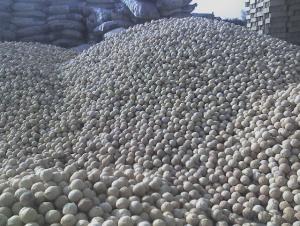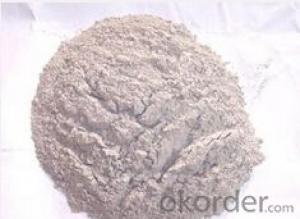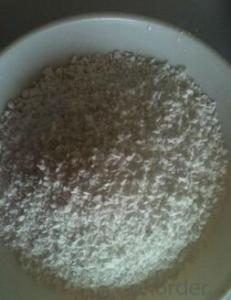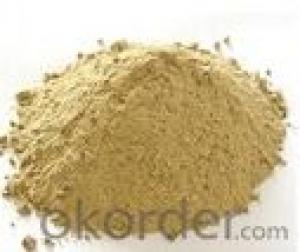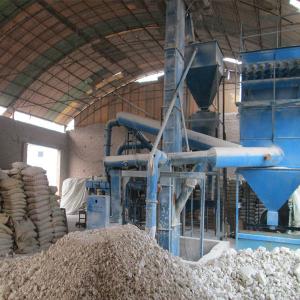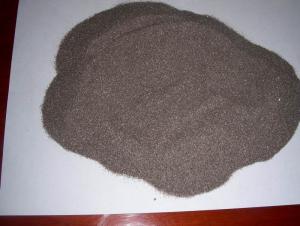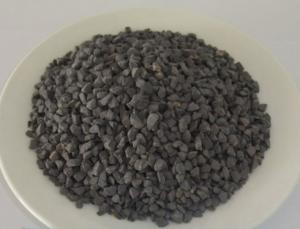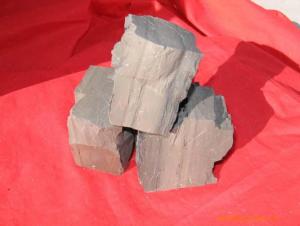Raw Materials for Refractory Insulation Low Cement Refractory Castable for Rotary Kiln
- Loading Port:
- China Main Port
- Payment Terms:
- TT OR LC
- Min Order Qty:
- -
- Supply Capability:
- -
OKorder Service Pledge
OKorder Financial Service
You Might Also Like
Specifications
1.Low Cement Refractory Castable
2.Refractory Castable Manufacturer
3.high temperature
4.Long service life
5.ISO
Description:
High strength wear resistant castable is mixed by corundum,high-quality bauxite clinker,silicon carbide as aggregate,all kinds of powder,ultra-fine powder,micropowder,alumina powder and additives as admixture with strict mixture ratios according to different varieties.its main characters are:high strength in normal and medium temperature,wear resistance and erosion resistance,thermal shock stability,etc.it is mainly used in the position of coal-fired circulating fluidized bed boilers,waster incineration furnace,lining of fluid-bed furnace etc,where are seriously abraded.
Competitive Advantage:
1.Best price, make the products competitive in your market
2.Abundant Experience.
3.Strict Quality Control. Meet clients'quality requirement.
4.Large stocks. Guarantee prompt delivery.
5.Safty packing,prompt delivery time,and excellent after-sales services.
6.Professional Packing. Avoid damage and secure the goods in transportation
Technical data:
Item | Index | Brand | |||
HSC-80 | HSC-75 | HSC-65 | HSC-60 | ||
Chemical composition% | Al2O3 | ≥80 | ≥75 | ≥65 | ≥60 |
SiO2 | ≤15 | ≤19 | ≤28 | ≤34 | |
Bulk density g/cm3 | 110°C*24h | ≥3.0 | ≥2.8 | ≥2.5 | ≥2.4 |
1000°C*3h | ≥2.9 | ≥2.8 | ≥2.5 | ≥2.4 | |
Modulus of repture Mpa | 110°C*24h | ≥12 | ≥10 | ≥8.5 | ≥7.0 |
1000°C*3h | ≥18 | ≥15 | ≥13 | ≥11 | |
Cold crushing strength MPA | 110°C*24h | ≥120 | ≥90 | ≥68 | ≥50 |
1000°C*3h | ≥180 | ≥120 | ≥95 | ≥80 | |
Linear change after burning% | 1000°C*3h | ±0.2 | ±0.2 | ±0.3 | ±0.3 |
Wear resistance(ASTMc-704) cm3 | ≤3.0 | ≤5.0 | ≤7.0 | ≤9.0 | |
Heat conductivity coefficient W/m.k | 1.6 | 1.5 | 1.5 | 1.5 | |
Thermal shock resistance(times)(1000°C water cooling | ≥35 | ≥30 | ≥25 | ≥20 | |
Refractoriness °C | ≥1790 | ≥1790 | ≥1750 | ≥1730 | |
Max working temperature °C | ≥1550 | ≥1500 | ≥1400 | ≥1350 | |
FACTORY:
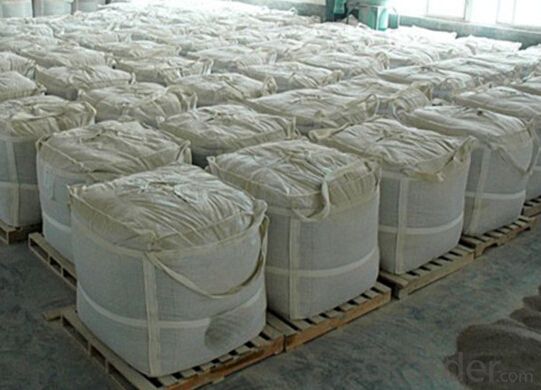
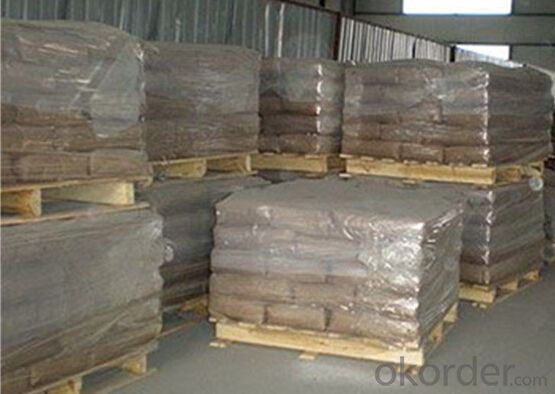
- Q: what kind of refractories is used to make the industrial silicon furnace mouth long life?
- Fused zirconia corundum brick, the smelter of the glassworks is used this kind of lining, and you can contact by private letter.
- Q: What advantage and disadvantages it has compared to common fire insulation materials
- Main advantage of A-level fire proof heat retaining plate is A-level non-conbustibility. Now residential areas strictly require the external walls to be high-level fire proof, to be specific, high fire resistance, non combustible. Standards for evaluation varies according to different types, which includes anti-corrosion, acid and alkali resistance, waterproof, anti termites and so on. Disadvantage is the insulation effect is quite ordinary. It will absorb water, get deformed, need some water prevention measures after constrcuting thermal insulating layer for it. Its thermal conductivity far below the benzene plate, and plastic extruded palte, half the thickness of the polyurethane insulation layer can reach heat perservation effectiveness of the benzene plate and extruded plate of the same thickness.
- Q: About the market issues of thermal insulation material and refractory material.
- After all, most people have the characteristics of being accustomed with something and it will not change easily ; second, the South has few material manufacturer, but in the Northeast, there are thermal insulating and refractory material manufacturers, which is in shortage, however, but irt is in the minority, and in many areas it is not suitable for exploitation of mineral (due to heavy industry and agriculture land and other reasons). I hope that my answer will help you. first, in the Northeast, the refractory material is not very rich, but the thermal insulating and refractory material demand is very large; third; fourth, which material is used more relived, after all, we should take the transportation costs into account, and it will depend on the kilns construction engineers being willing to use which kind of material, and the thermal insulation material procurement in northeastern region is mostly from the north.
- Q: How to divided the grade of external wall thermal insulation materials?
- Synthesized the three versions of GB8624 (1997,2006,2011), external wall thermal insulation fire?rating can be basically divided into: A1, A2, B1, B2, B3 and other levels. There are many technical indicators to make specific division, but I partly cannot report for a while, because it is very professional and technical. I hope I can help you!
- Q: What are Grade-A waterproof inorganic thermal insulation materials?
- Grade-A waterproof inorganic thermal insulation materials include: 1. external wall thermal insulation materials: (1) silicate thermal insulation material (2) gelatine powder polyphenyl granule (3) steel wire gauze picking cement cystosepiment (Estazolam plate) (4) extruded sheet; 2. roofing materials: (1) XPS Extruded sheet (2) EPS cystosepiment (3) perlite and perlite bricks (4) vermiculite brick; 3. heating and air conditioning material: PUR, rubberplastic sponge, polystyrene foam, glass wool, rock wool; 4. steel structure material: polystyrene, extruded board, polyurethane board, glass wool roll mat, etc.
- Q: The principle of choosing fire-resistant material in Thermal Energy and Power Engineering equipment.
- Different thermal technology equipment has different operation condition and select different refractory material. We should take economical and practical as principle.
- Q: what should be paid sttention when buying the refractory?
- First, look at the appearance of the product, it will be better if the surface of product is smooth, if there are the injuries and damages which may influence the use, do not use it. Second, the main characteristics of insulation material is flame resistance, reduce the loss of fire occurred at the time of purchase combustion performance testing products, non-combustible stone wool products are the best. Third, refractory insulation with good hygroscopicity is also very important, it can keep your room drying for a long time , played the role of moisture-proof, and more capillary, the hygroscopicity is better.
- Q: who knows the fire endurance of fireproof coating?
- It's fire endurance is 3hours. Fire endurance test of certain building components showed by standard time temperature curve from the starting of fire to lose of supporting capabilities or its integrity or fireproof property. unit time is one hour.
- Q: What are the requirements for fire?rating of construction suspended ceiling material ?
- According to No. 42 ducument of department of housing construction and Ministry of Public Security: fire?rating of building suspended ceiling material should reach A level. Other civil buildings: Class A fireproofing material MCM should be set in buildings whose height is above 50 meters. National A level fireproof flexible?material is made up of soil, rock flour, sand, cement and other inorganic powder and modifying agent. Product density is 2327kg / m3. Upon examination, the combustion performance of the product meets A level requirements, and the additional classification meets s2, d0, t0 requirements. According to GB 8624-2006 sepcification, combustion performance of the product should reach A2-s2, d0, t0 level. Light, thin: 2-4mm thick / piece, saving space and cement, convenient to transport. : State Class A fireproof flexible?material. Freezing-thaw resistance: up to 100 freezing-thaw experiments (close to 100 years), the surface has no powder, no crack and no peeling. Aging and acid resistance: anti-aging property can reach more than 3500h, that is, it will not degenerate for 50 years. Recyclable: new energy, renewable , no "three wastes" emission
- Q: Which fireproofing materials factory is the best in Xiangyang?
- Xiangyang Shenglaide Door Technology Co., Ltd. Location: Taibai Road, Fancheng District, Xiangfan, Hubei Province Xiangyang Ai'ruite Door Technology Co., Ltd. Location: Scientific and Technical Pioneering Park, Xiangcheng District, Xiangfan, Hubei Province Xiangyang Innovation and Ideal Manufacturing Co., Ltd. Location: Xiangyang Xiangfan state Jianshe Road, Xiangzhou District, Xiangyang, Hubei Province
Send your message to us
Raw Materials for Refractory Insulation Low Cement Refractory Castable for Rotary Kiln
- Loading Port:
- China Main Port
- Payment Terms:
- TT OR LC
- Min Order Qty:
- -
- Supply Capability:
- -
OKorder Service Pledge
OKorder Financial Service
Similar products
Hot products
Hot Searches
Related keywords
